
Which Succulent Varieties Are Most Heat-Resistant?
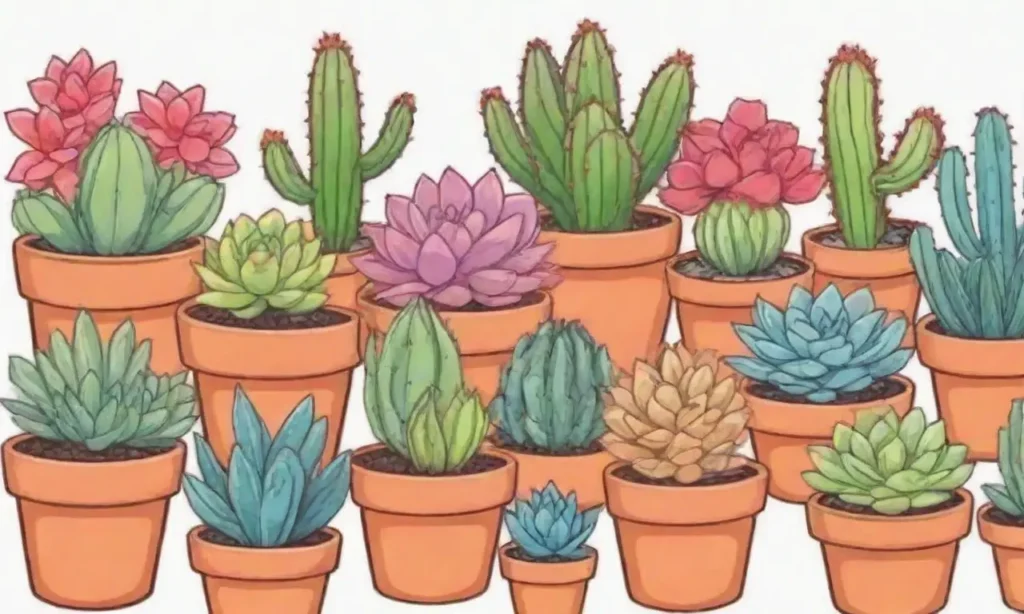
Introduction
Succulents are remarkable plants that have captivated gardeners and plant enthusiasts alike due to their stunning appearances and low-maintenance nature. Known for their ability to store water in their leaves, stems, and roots, succulents have adapted to thrive in some of the driest climates on earth. As global temperatures rise, choosing the right varieties becomes more vital, especially for those looking to cultivate a vibrant garden that can withstand intense heat. In this article, we will explore different succulent varieties that excel in high temperatures and provide the necessary insights for fostering their growth.
In the following sections, we will delve into the specific characteristics of heat-resistant succulents, the conditions that make a succulent robust against heat, and tips for their maintenance. By understanding these aspects, you can better equip yourself to design a drought-resistant garden that not only survives but flourishes despite the challenges posed by rising temperatures.
Why Heat-Resistance Matters in Succulent Cultivation
As climate change leads to intensified weather patterns and prolonged droughts, understanding the importance of planting heat-resistant succulents is more pertinent than ever. Traditional gardens often suffer from extreme temperature fluctuations, causing stress to plants that are not biologically equipped to cope with such conditions. Heat-resistant succulents can withstand temperatures that often exceed those tolerable to other plants, offering resilience and peace of mind to gardeners. By selecting these varieties, you can ensure that your garden remains a sanctuary of greenery, even in scorching conditions.
Moreover, heat-resistant succulents enrich your garden aesthetics while providing practical benefits. Their unique structures, colors, and flowering habits add visual interest to your landscape while reducing water needs. This not only conserves water resources but also lowers the maintenance required, resulting in a sustainable garden that showcases the beauty of these extraordinary plants.
In summary, planting heat-resistant succulents is a proactive approach to gardening that allows you to create a flourishing environment capable of enduring the harshest of heatwaves without compromising plant health.
Notable Heat-Resistant Succulent Varieties
Several succulent varieties are well-known for their tolerance to high temperatures. Each variety possesses unique characteristics that make them attractive options for gardeners looking to enhance their collections with robust, heat-loving plants. Below are some of the most notable heat-resistant succulent varieties:
Agave
Agave plants are renowned for their striking rosettes and architectural forms. They can thrive in high heat, frequently found in arid desert regions. One of the most popular agave species is the Agave americana, commonly known as the century plant. This succulent can tolerate extreme temperatures and requires minimal watering once established, making it suitable for xeriscaping. Not only does it thrive in sun-drenched gardens, but it also provides dramatic focal points, with some varieties sporting stunning blue to gray leaves that can reach impressive sizes.
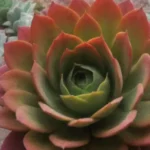 The Science Behind Succulent Adaptations to Extreme Temperatures
The Science Behind Succulent Adaptations to Extreme TemperaturesAnother incredible option is Agave parryi, which exhibits a compact growth habit and spiky leaves with intricate patterns. This type can handle not just heat but also frosty conditions, making it a versatile choice for many garden environments. Their striking beauty paired with unmatched resilience makes agaves a top choice for those focused on heat resistance.
Echeveria
Echeveria is a popular genus within the succulent family that features a range of varieties offering attractive foliage and stunning blooms. Known for their round, rosette-like shapes, these succulents can do exceptionally well under direct sunlight and harsh heat. Echeveria 'Lola', for instance, possesses delicate lavender leaves and can easily withstand high temperatures, flourishing with proper drainage and minimal care.
Echeveria elegans, often referred to as the Mexican snowball, is another heat-resistant option. Its succulent, bluish-green leaves form an enchanting rosette shape that exudes elegance. With its ability to thrive in glossy sunlight and little water, this resilient beauty deserves a prominent place in any heat-focused garden.
Moreover, echeverias are highly adaptable, meaning they can also perform well in containers, allowing for a versatile approach to maximizing garden space while displaying their captivating forms. Between their colorful hues and distinctive designs, it's no wonder that echeverias continue to be favorites among succulent collectors and gardeners worldwide.
Sedum
The Sedum genus encompasses a wide variety of succulents, many of which feature heat-resistant traits that make them suitable for different gardening styles and environments. One of the most commonly seen species is Sedum spectabile, also known as showy stonecrop. This perennial succulent can withstand hot, dry conditions and will reward you with large clusters of pink flowers during the summer months. The fleshy leaves of sedum serve as water reservoirs—allowing them to stay resilient even during drought spells.
Another noteworthy sedum is Sedum rupestre, known for its creeping habit and ability to thrive in poor soil while absorbing sunlight. This ground cover succulent can handle extreme temperatures and demands minimal upkeep, making it an excellent choice for gardeners who prefer effortless maintenance without sacrificing beauty.
Sedums also work well in rock gardens or as edging plants due to their low-growing nature. When positioned in full sun, they become hearty contributors to a climate-adaptive landscape. The bright, vivid green or burgundy colors of sedums offer a wonderful contrast against other plants, maintaining visual interest throughout the hotter months.
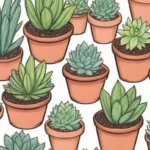 How to Protect Your Succulents During a Heat Wave or Frost
How to Protect Your Succulents During a Heat Wave or FrostCaring for Heat-Resistant Succulents
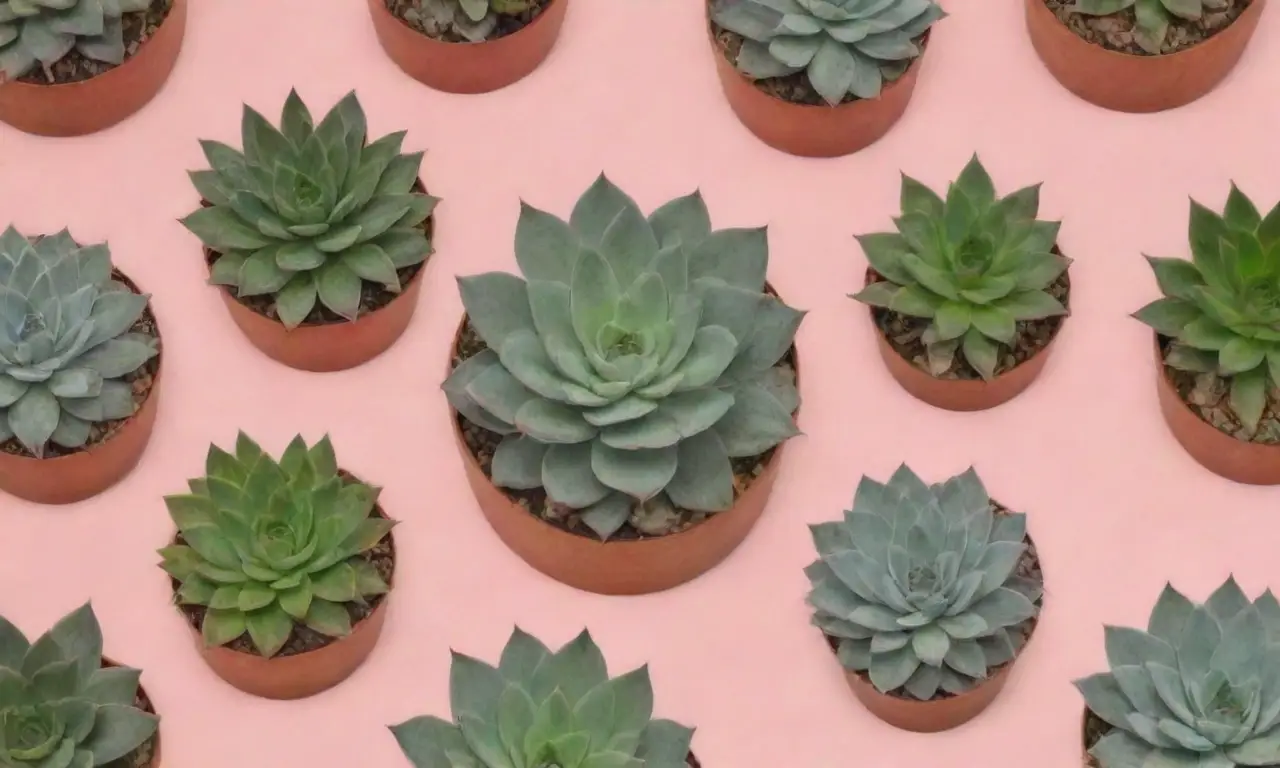
Even though heat-resistant succulents are more tolerant of high temperatures, they still require some essential care to thrive in garden settings. Below are some fundamental tips for maintaining the health and vibrancy of your heat-loving succulent varieties:
Soil Considerations
When choosing soil for your heat-resistant succulents, it's vital to use a well-draining soil mix. Regular potting soil often retains too much moisture, leading to rot in succulent plants. Instead, consider using a mix specifically formulated for succulents that combine potting soil with sand, perlite, or pumice to facilitate drainage. Proper soil structure allows roots to breathe and prevents water from pooling at the bottom, reducing the risk of overwatering and subsequent root damage.
If planting directly in the garden, ensure the planting site contains coarse sandy soil or amended gravel that allows rapid drainage. Raised garden beds can also promote airflow and safeguard the plants from excessive saturation during rainfall.
Watering Practices
While succulents are known for their drought-tolerant nature, they still need correct watering practices, especially in high-temperature environments. Generally, it is best to adopt a deep but infrequent watering approach. Water the plants thoroughly until you see moisture at the bottom of the pot or the soil has absorbed sufficient water. Allow the soil to dry out completely before watering again. This method encourages deep rooting and helps the plants develop resilience against the heat.
During extremely hot periods, pay close attention to the watering needs of your succulents as they seasonally evolve in response to temperature and humidity changes. Moreover, consider watering them during the early morning or late afternoon when temperatures are cooler. This approach allows plants to absorb moisture without experiencing shock from rapid evaporation.
Sunlight Exposure
Heat-resistant succulents typically thrive in direct sunlight, but it is essential to assess each plant's specific sunlight requirements. While some varieties prefer full sun exposure for during the day, others may benefit from partial shade, especially during the hottest parts of the day. Observe the behavior of your succulents during peak temperatures to identify their preferences. If you notice any signs of sunburn, such as leaf discoloration or wilting, consider providing some shade during the hottest hours.
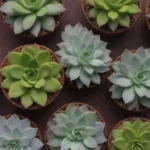 The Ultimate Guide to Succulent Temperature Preferences
The Ultimate Guide to Succulent Temperature PreferencesUltimately, arranging your plants based on their light preferences can help you create a balanced environment where each succulent shines at its best. Additionally, combining different plant varieties can create layers of interest, with taller succulents providing shade for smaller companions.
Conclusion
In an era where climate conditions are rapidly changing, selecting heat-resistant succulents is an intelligent and appealing choice for any garden enthusiast. Varieties such as Agave, Echeveria, and Sedum stand out as resilient options capable of thriving under intense heat, providing an exquisite blend of beauty, function, and sustainability. These unique plants not only beautify your landscape but also promote water conservation, aligning your gardening practices with environmentally conscious principles.
Successfully cultivating heat-resistant succulents involves understanding their unique care needs and environmental conditions. By paying attention to soil quality, adopting appropriate watering practices, and accommodating sunlight exposure to each plant’s preference, you can create a long-lasting, eye-catching arrangement that endures heatwaves while remaining vibrant and healthy.
As we embrace these remarkable plants, proactive gardening can allow us to adapt to changing climates and build resilient landscapes that enhance the natural beauty around us. Share your love for succulents with others, educate fellow gardeners about the best practices, and continue to explore the astounding world of heat-resistant varieties. The journey of cultivating beautiful, drought-resistant gardens can be deeply rewarding and fulfilling—one succulent at a time!
If you want to read more articles similar to Which Succulent Varieties Are Most Heat-Resistant?, you can visit the Temperature Tolerance category.

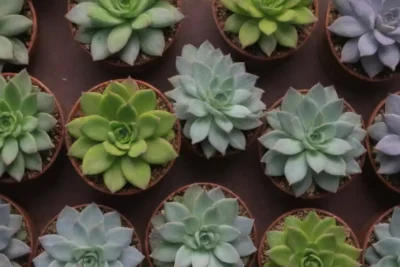
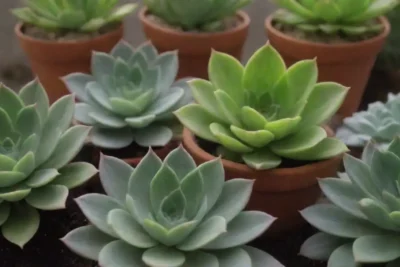
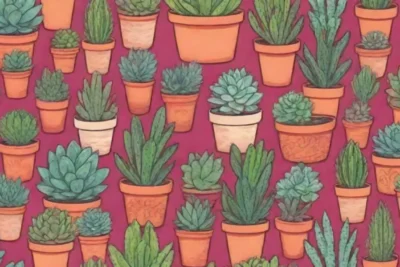
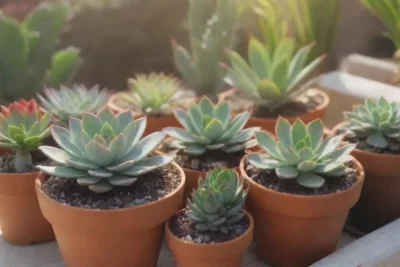
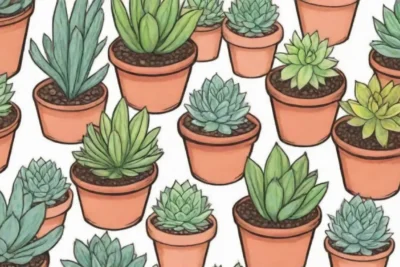
You Must Read